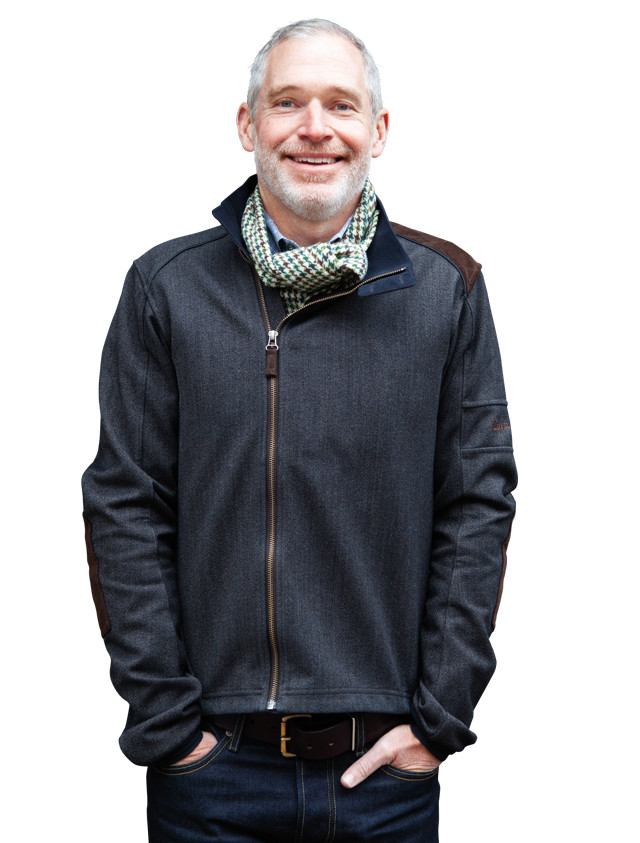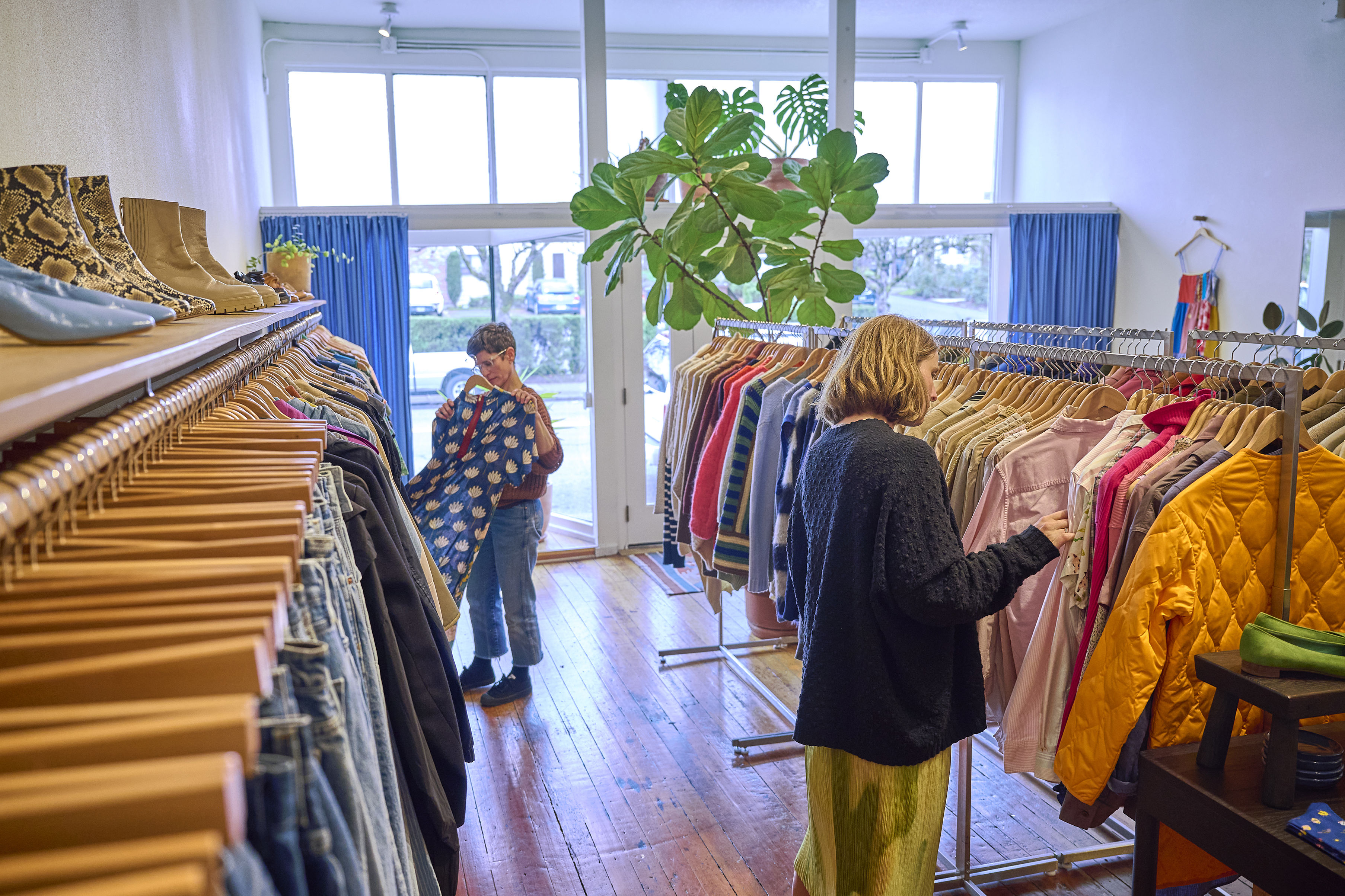The Future of Portland Shopping

Project's Tom Cody
Image: Sierra Breshears
Your firm, Project, unveiled four buildings this fall. Big moment?
This is our second wave of projects. On Union Way, in particular, we had an opportunity to start from scratch and try to do everything we consider important.
You combined defunct, back-to-back bars into a single indoor passage between SW Stark and Burnside, with the Ace Hotel on one end and Powell’s on the other. It’s an unusual environment. What’s it about?
It’s an urban intervention, really, turning something moribund into a new experience. We want to explore how private, for-profit development can do something public that has value to the community. People are looking for experiences and new ideas. That’s what cities do: bring people and ideas together.
“Civic-minded developer”—really?
The standard is to say, this is private, and it’s ours, and we’re going to do whatever we want. But buildings that are actually successful relate to people and to what’s around them.
How does Union Way do that?
Everyone loves Portland’s historic buildings, but we also have a heritage of being innovative and modern. Here, we took terra-cotta bricks and old-growth timber—which would be difficult, if not impossible, to re-create today—and set them off with bright, new Oregon poplar in a very modern look.
And you packed in tiny, high-end shops.
We’re interested in what’s next for shopping.
Which is what?
Shopping is becoming either commodity- and convenience-based (Internet and big-box), or a process of discovery, about the human experience. Obviously, Union Way is firing on that latter front. It’ll be a struggle to be in the middle ground.
You also created new Corvallis student housing. How do you make a cool dorm?
Most people in that industry just want to put up as many small boxes as they can. We dug into what would actually add value to students’ lives and make them more successful: bright, modern, sustainable buildings with great common areas, giving them more opportunities to collaborate and feel like they’re part of something.
What would you like to tackle next?
A lot of old buildings lie fallow right now. Within a stone’s throw of Union Way, there are probably 200,000 square feet of vacant space. That’s a huge opportunity. And what the real estate industry would call flex space—where there might be light manufacturing, but also an office function—has become kind of a suburban thing. We’d love to look at a new version of urban industrial.




